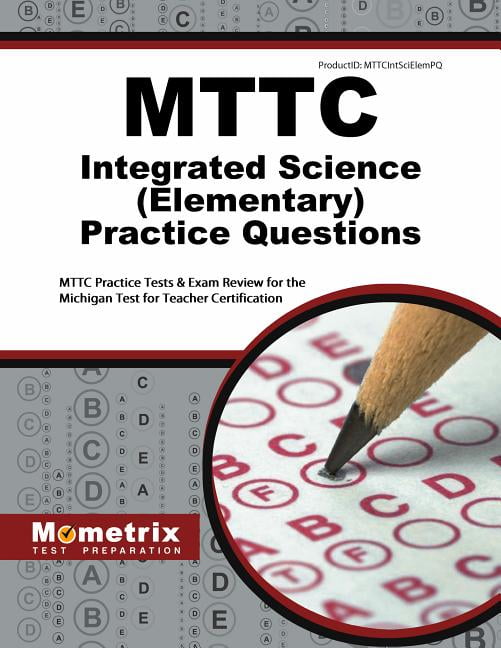

The researchers also found that the evaluation scores child-care providers gave themselves tended to be different from the scores that outside observers gave. Parents can then easily find the top-ranked programs near them, and child-care providers can use the system as a guide for improvement. A QRIS allows a state to rank its child-care programs, usually using a system of one to five stars. Recently, a huge boost came from the Race to the Top-Early Learning Challenge grants, which prioritized implementation and expansion of these rating systems.

Quality rating and improvement systems, also known as QRIS, have been a hot topic in early-childhood education for more than a decade. “These very small changes completely changed the landscape of quality ratings across the state, even though nothing changed at the program level,” said Ann-Marie Faria, the report’s lead author. Instead of having many one-star programs and many top-rated, or five-star, programs, providers were more evenly distributed in the categories of two, three, and four stars, according to the research. In June 2013, Michigan implemented some changes to rating system calculations that ended up dramatically redistributing the star ratings of the 11,000 participating programs, REL-Midwest found. Michigan, a 2013 Race to the Top-Early Learning Challenge grant recipient, has been working with REL-Midwest to study the state’s rating system, which measures five domains of early-childhood quality. More research is needed to determine which calculation approach accurately captures the differences among providers, the study says. A recent study from a federally funded research center shows that small adjustments to how a state calculates the ratings of child-care providers can result in big changes in how those providers are ranked.


 0 kommentar(er)
0 kommentar(er)
